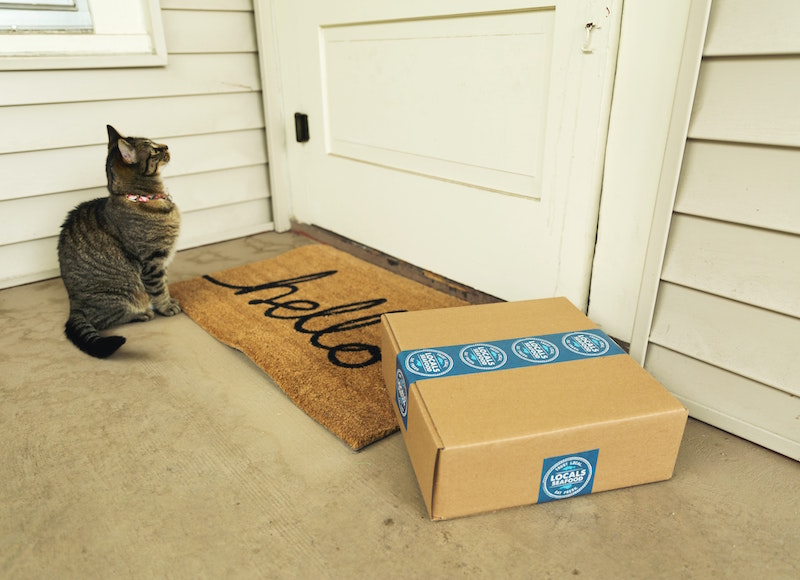Remember all those subscription boxes for everything ranging from custom outfits to gourmet meals, dog treats to shaving razors?
Before the pandemic, the subscription craze was already in full swing. During the pandemic, it blew up to new heights because people were stuck at home and avoiding the stores. Now that things are getting back to the new normal, people want to get outside, and they want to go back to stores. So what happens to all those magical boxes that were being delivered to your door?
I ask the question because I’ve noticed a measurable increase in the volume of advertising I see for these types of services — and yet I hear less about the brands that dominated that conversation just two or three years ago. Stitch Fix was one of those brands, and according to a recent report, its client base declined by 4% in 2022. The report attributes the decline to a cluttered competitive market plus profit and margin challenges.
Blue Apron is another brand that gets talked about quite often, and it’s seen declines in meal kit subscriptions as people get out and start going to restaurants again. To combat these declines, the company raised more money and inked a deal to get its meal kits into Walmart to reach users who are back in the stores and looking for convenient dinner solutions, albeit not in a subscription model.
The convenience of a subscription is great for perishables that need to be replenished, but the subscription model ranges from self-selected to “mystery box” items, and consumers have different needs for both.
Can a subscription model succeed in 2022, 2023 and beyond? I still think the answer is yes, but the market has certainly appeared to cool down, and clutter is an issue.
Clutter is the magic word for Amazon or Walmart. Where we see clutter, they see opportunity. Clutter arises from too many choices, and there’s an old saying that “If you give a consumer too many choices, they’ll choose not to choose one.” Too many choices, and consumers throw up their hands and revert to what they know, and consumers know Amazon and Walmart.
So if consumers already shop at these retail/ecommerce giants, why not offer the ability to subscribe and get what you want, when you need it? The brands that are offered by most subscription services are not exclusive, and they can be offered by anyone, anywhere, at any time. It all goes back to convenience. Why have multiple subscription services when you can consolidate down to one partner with multiple streams of subscription?
For a subscription business to work, you need to differentiate what you have and not just how you deliver it. You need exclusive products and exclusive experiences. You have to stay fresh, and you need to give customers more control of how often and when they receive their shipments. You need to focus on the customer experience and help make the unboxing something of an event in itself.
The experience and the brand you represent are what differentiate you more than the products, unless you create and own the products as well.
Subscriptions are strapped, and that’s why they are advertising to get more customers these days. I know they can still succeed, but they have to double-down on the experience to grab the attention and loyalty of the consumers they are looking to target. That’s how they will continue to succeed.

This story was first published by MediaPost.com and is republished with the author’s permission.
Cory Treffiletti is SVP at FIS. He has been a thought leader, executive and business driver in the digital media landscape since 1994. In addition to authoring a weekly column on digital media, advertising and marketing since 2000 for MediaPost‘s Online Spin, Treffiletti has been a successful executive, media expert and/or founding team member for a number of companies, and published a book, Internet Ad Pioneers, in 2012.














